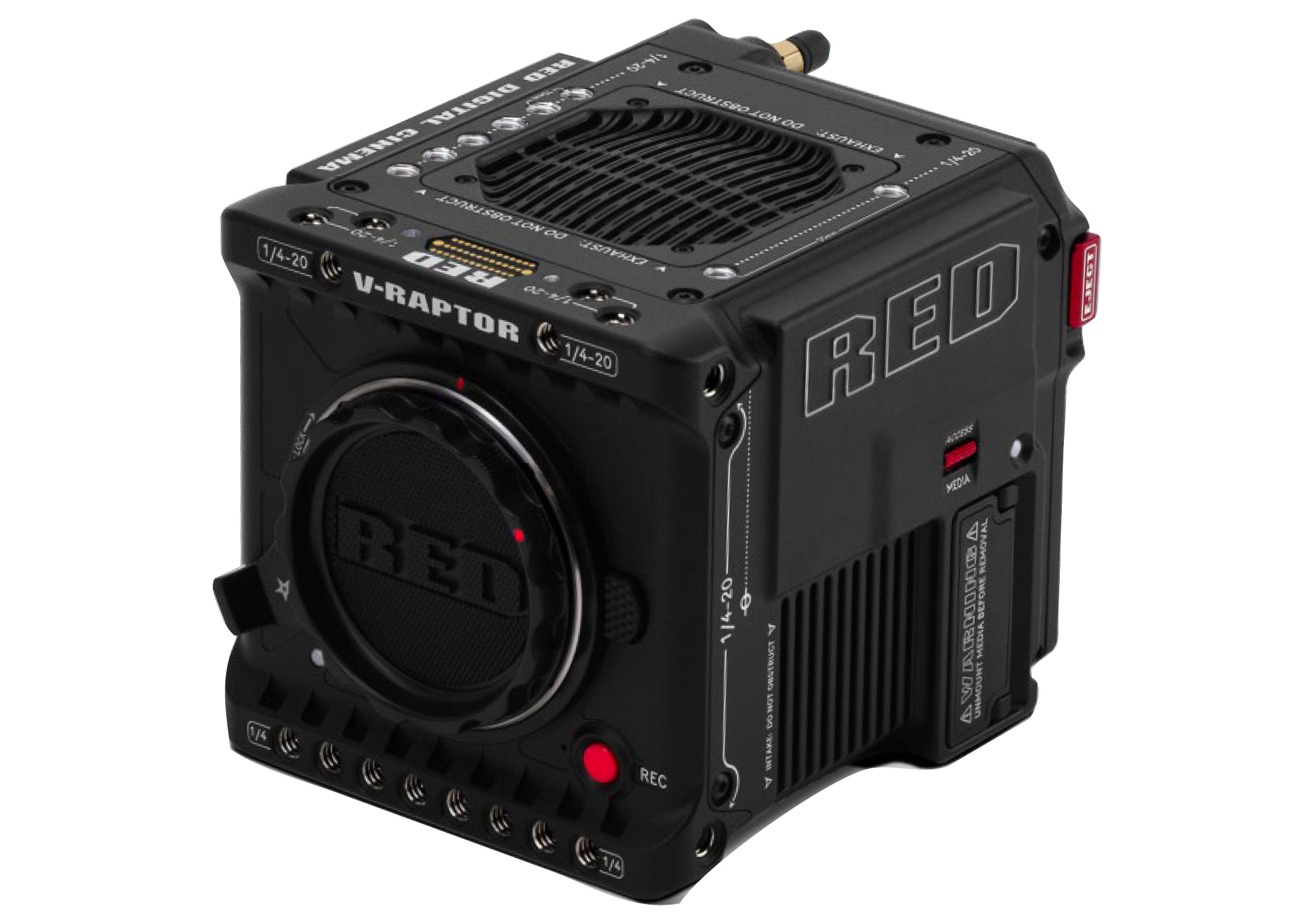Bring your cinematic vision to life with the right video camera system
DSLR, mirrorless, compact or pro video system? Find the best camera to support your cinematic plans

With all the innovations and constant changes, choosing the right video camera can be a challenge. With many pros and cons in handling, movement possibilities and technical features, when buying a video camera system, make sure it can satisfy your needs.
One important aspect to consider is the sensor size. The larger the sensor, the more depth-of-field is achievable. Another main decision is the choice of resolution. Most cameras record in 4K, but the question is which resolution is best for your project. 4K, 6K, or 8K records have higher image resolution, more pixel data, and translate to more color depth in your videos. As a result, you have more options in post-production, but the large amount of data can also slow your workflow.
PRO TIP: Rent cameras and accessories so you can find out which system will best help you to realise your cinematic plans.
DSLR vs mirrorless cameras
Is mirrorless the future of video?
Mirrorless cameras weigh less and are more compact than their DSLR counterparts, and they also offer built-in image stabilization. However, DSLR cameras are more user-friendly for previewing scenes, as the optical viewfinder shows you exactly what your camera sees, while mirrorless cameras only show a digital preview.
In terms of lenses, DSLR cameras offer a wider selection in every price range, though mirrorless cameras are now more popular – it is only a matter of time before a wider range of mirrorless lenses becomes available.
DSLR cameras have fast autofocus, but some mirrorless cameras, such as the Sony A7 IV, also provide that and even improve on it. The technical development of mirrorless cameras is in full swing and we may soon see the type of functions that will finally conquer the market.
Compact video camera
Make the switch but use existing kit
The Canon EOS C70 is a compact-shaped cinema EOS camera and is the ideal switch from DSLR cameras to a video camera with new optical improvements. Featured with a 4K Super 35mm DGO sensor, the camera can record RAW video format saved to an SD card.
The best camera deals, reviews, product advice, and unmissable photography news, direct to your inbox!
The touchscreen function allows you to set the focus point quickly and the additional intelligent face tracking ensures it is maintained. It is also equipped with an integrated image stabilizer and ND filter system. Waveform monitor, peaking, timecode and configurable controls are further professional features to take your video shoot to the next level.
The camera’s weight and size make it versatile and easy to integrate with additional equipment as it remains flexible even when fully equipped. On top, the Mount Adapter EF-EOS R allows you to use existing F and EF-S lenses from your DSLR camera without any loss in quality.
Pro video system
Go pro for next-level videos
Take your film scenes to the next level with a high-end cinema camera, such as the Red V Raptor 8K VV. You can achieve the maximum image quality filming up to 120fps at 8K. This true RAW camera comes with a multiform sensor, allowing you to use an unmatched lens selection.
The large camera sensor provides an excellent depth-of-field and the highest recording dynamic range. When filming in high ISO, the noise on the sensor is low and makes it easy to film in low light.
You gain creative flexibility with high frame rates and exposure protection. The body weight of 1.8kg (4lb) is comparatively low. Pro video system cameras can be heavier and more difficult to handle than other video cameras.
Whether you're a part-time amateur or a full-time professional, Digital Photographer aims to challenge and motivate you to take your best shots. Our in-depth features are designed to take your photography to the next level - and this is a great gift for anyone who wants more inspiration for their picture taking.

Kim is a photographer, editor and writer with work published internationally. She holds a Master's degree in Photography and Media and was formerly Technique Editor at Digital Photographer, focusing on the art and science of photography. Blending technical expertise with visual insight, Kim explores photography's time-honored yet ever-evolving role in culture. Through her features, tutorials, and gear reviews, she aims to encourage readers to explore the medium more deeply and embrace its full creative potential.




